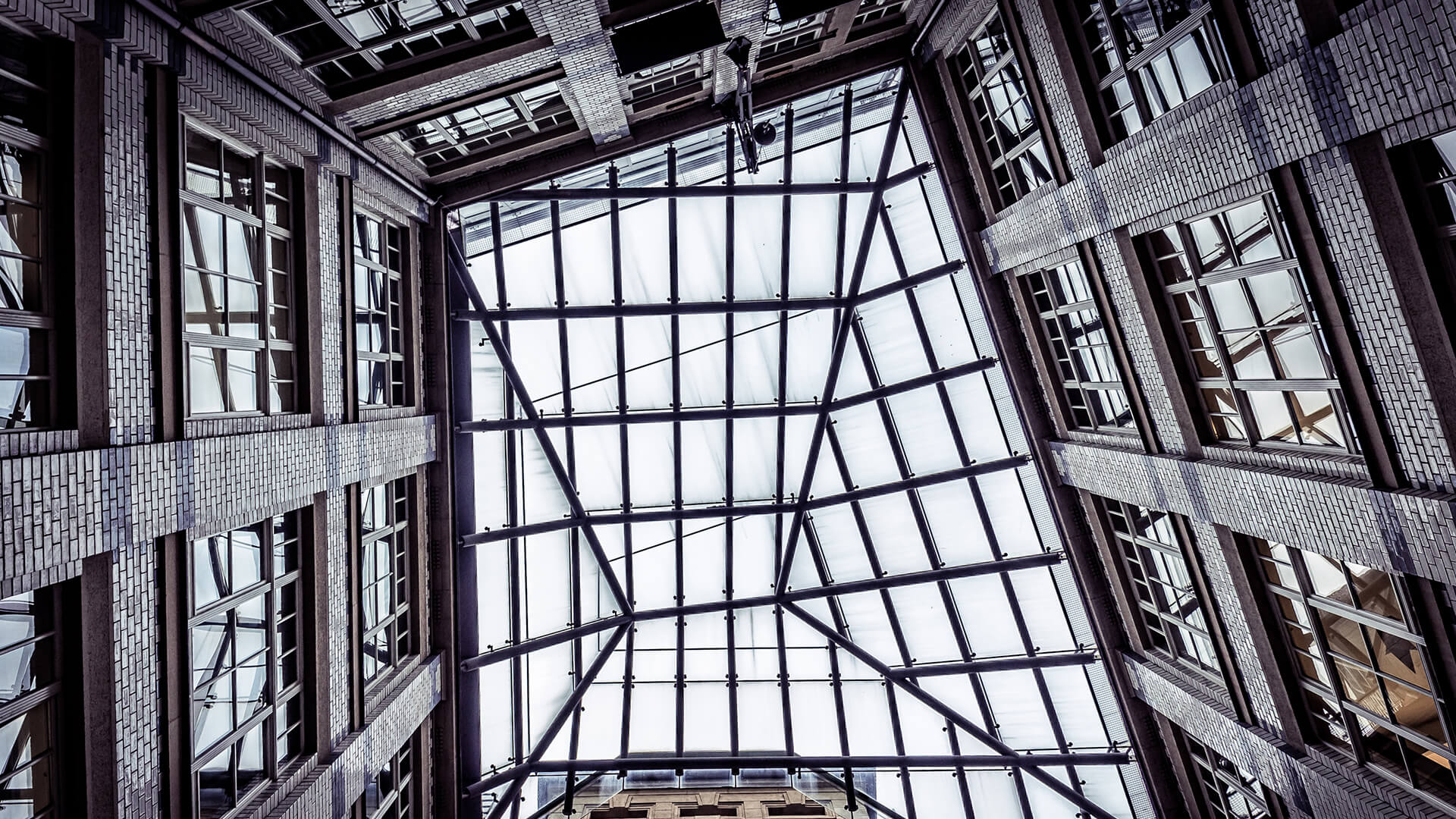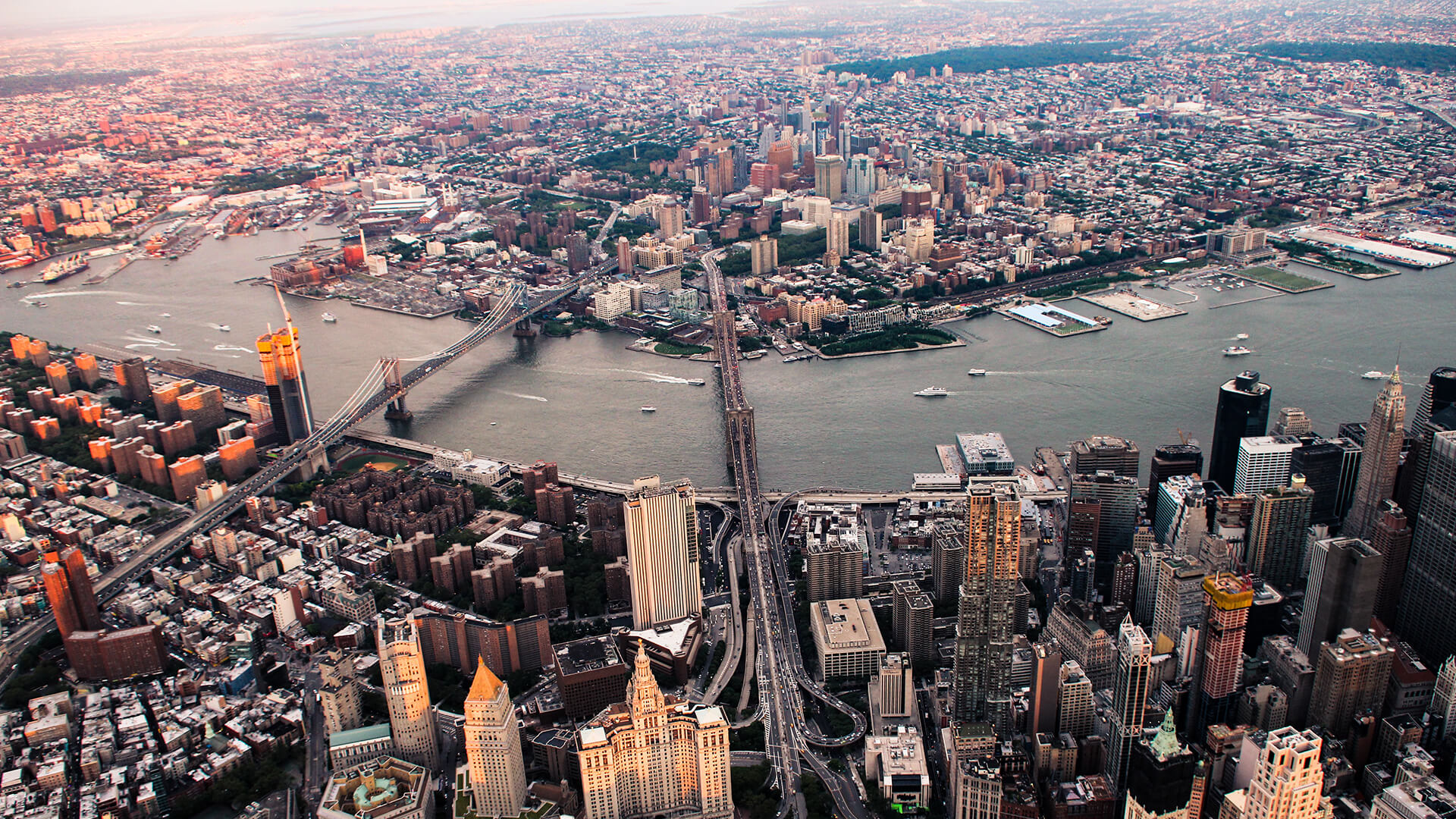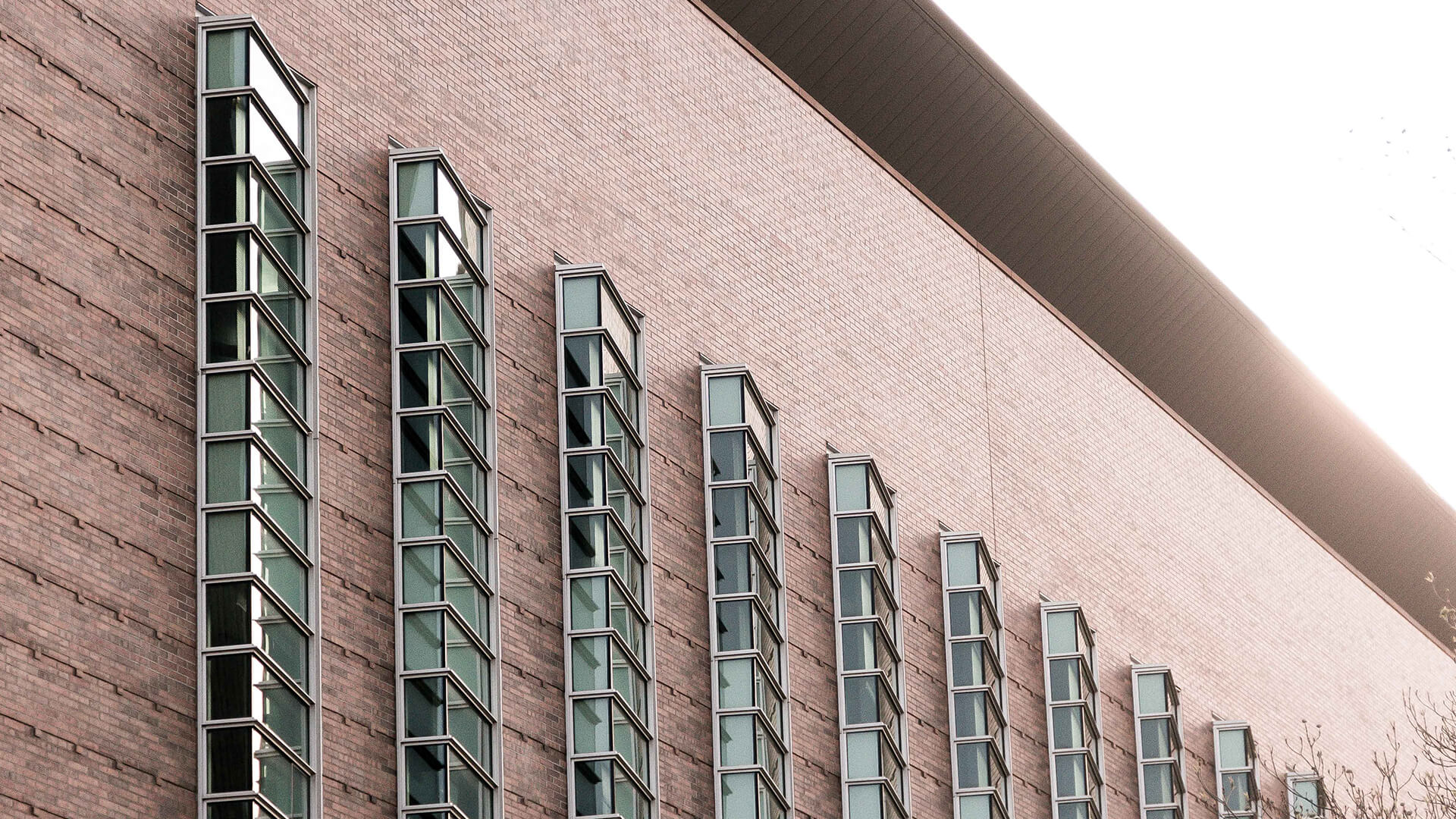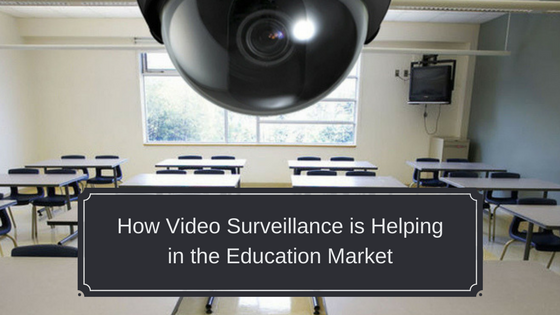Video surveillance was once reserved for locations where the theft of goods, services, or secrets occurred. Now, K-12 and higher education campuses have joined the list of locations benefiting from video surveillance.
Video surveillance in learning centers was once controversial. In the past, many administrators and teachers felt that the use of video surveillance was a breach of student privacy. Over time however, it’s become the norm to deploy video surveillance cameras inside and outside of school buildings for the sake of student and staff safety. The cameras can be used live for active monitoring and the recordings can be used after the fact for investigations. Bullying, for instance, is a prime reason for these investigations.
Surveillance deployment varies between learning centers. K-8 facilities tend to deploy video surveillance on the outside of the buildings and at entrances and exits. Administrators want to know who is picking up and dropping off children. Visitors are screened before school staff allows entry into the school, using a dual door entrance system where a visitor enters a building and then is engaged in a conversation across an intercom with a security camera watching the area. This allows staff to ask questions regarding identity and reason for visit while potentially comparing video surveillance footage to stock photographs provided in the beginning of the school year that identities parents and family members.
High School facilities have a wider variety of needs for video surveillance. With a larger number of students, there’s a greater need for surveillance inside of the facility. Areas of congregation like the cafeteria and gymnasium can hold hundreds of students at a time with only a few staff members keeping an eye on what’s going on. A single staff member equipped with a tablet can watch video feeds from multiple cameras to ensure that everyone is going about their daily routine.
Empty hallways during classes will turn into rivers of students in between classes. Strategic hallway camera placements can simultaneously observe hundreds of students coming and going. Panoramic cameras can make this even easier. One camera can look down four different hallways simultaneously. On the outside of the building, entrances and exits are observed similarly to elementary schools. Visitors are screened before allowing entry into the main building.

Additionally, large investments are made in sports stadiums. These areas can be observed using high resolution megapixel cameras, as well as pan-tilt-zoom cameras that can investigate minute behaviors. Smart cameras can even use intelligent video analytics to alert security staff of field trespassing.
Higher education campuses have many of the same concerns, but also need to consider outdoor spaces with public access. Video surveillance can be combined with emergency call stations to provide campus-wide surveillance and alerting capabilities. School system policies combined with a properly designed and integrated security solution comprised of door locking hardware, video surveillance cameras, emergency call stations, intrusion and security staff can limit risk and secure the facility occupants. Providing a safe and secure learning environment for students is the mission of the security department and administration.
The Vision Security Technologies team has a wide range of resources available to properly evaluate and plan your school security solution.
Contact Vision Security Technologies below to get started.



